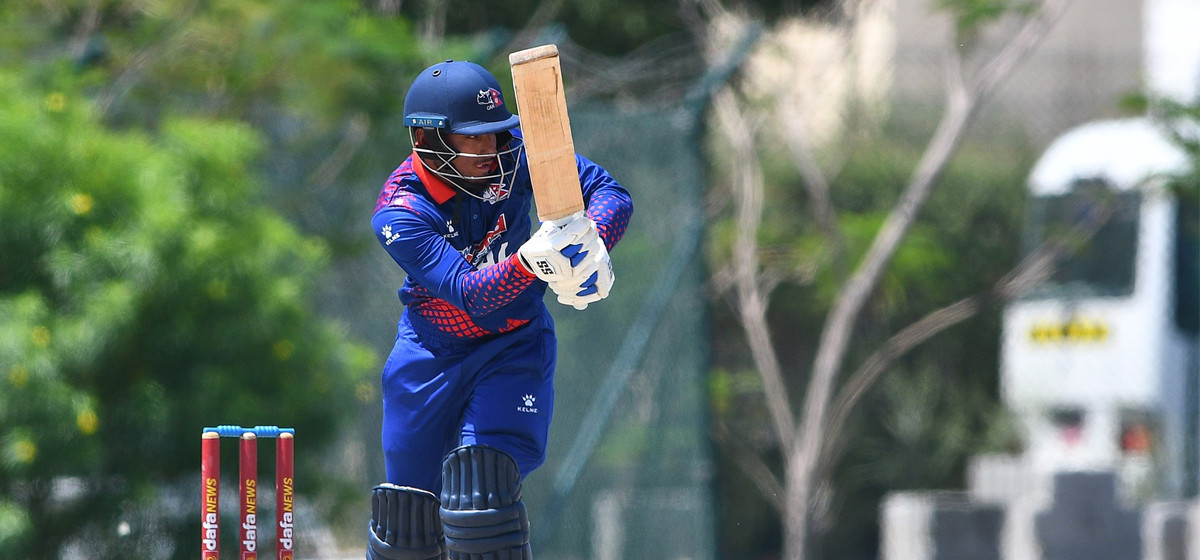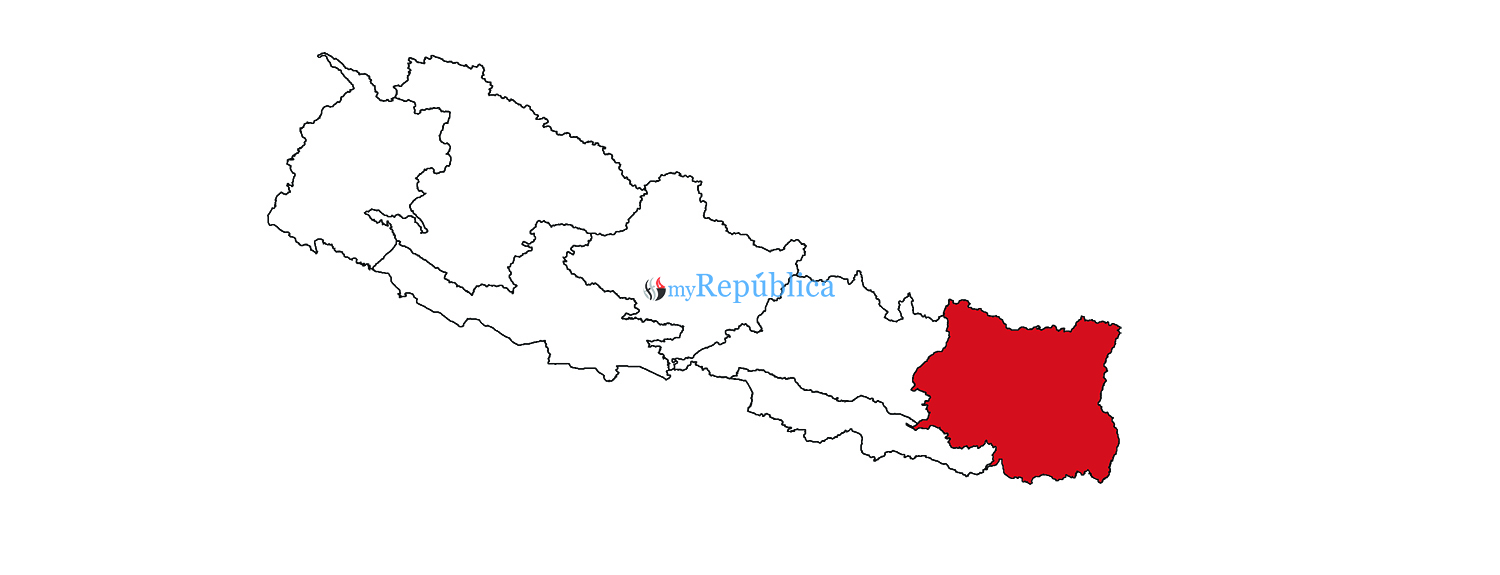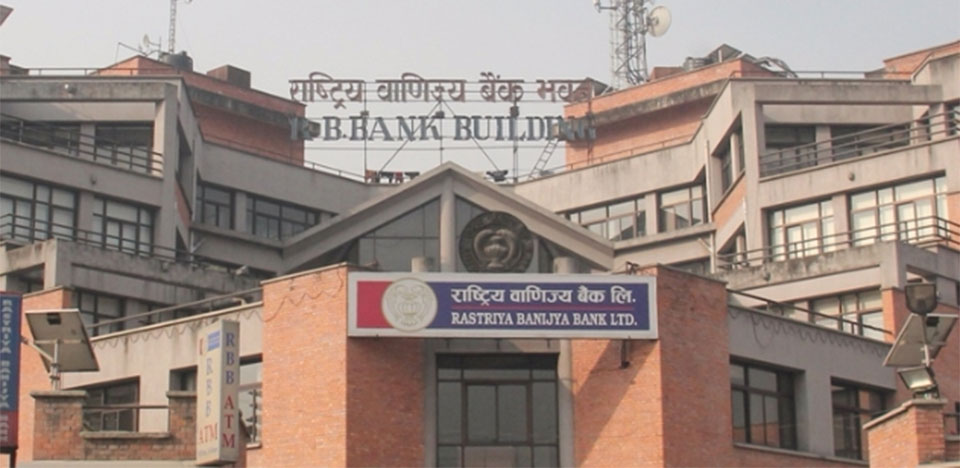
OR
Changed school education
With the publication of the results of this year’s School Leaving Certificate (SLC) examinations, the certificates of millions of Nepalis who have over the years passed through the dreaded “iron gate” will start to look outdated. Their children will one day scan the certificates of their parents and wonder if their mothers and fathers didn’t belong to the Stone Age. The embarrassed parents will, for their part, have no option but to silently gulp down their humiliation. Perhaps they will be reminded of the saying that change is the only constant in the universe. For the SLC exams will now be scrapped, along with the Office of Controller of Examinations. Henceforth, the school-ending exams will no longer be taken at the end of grade 10 but at the end of grade 12; and they won’t be called SLC exams. Starting this year, the old system of ranking students on percentage basis has also been ditched. In the results published on Thursday, the 615,553 students who appeared for SLC exams this year have been ranked on a sliding scale of letter grades, from A to E. The new certificates with neat letter grades will undoubtedly offer a curious contrast to the old ones with a messy jumble of marks.
The challenge will be to ensure that all higher secondary schools meet minimum criteria.
Grumblings of luddites aside, these are much-needed changes. The new grade system and redefinition of school system to include grade 11 and 12 bring Nepal’s school education system up to date with the education system practiced in much of the developed world. This is important. Nepali students faced great difficultly when they applied to good colleges and universities abroad as their mark-sheets would be hard to interpret for foreign evaluators long used to the letter grading system. They are also accustomed to thinking of school as ending in grade 12. The same with prospective employers of Nepali graduates wanting to work abroad; they will now have an easier time evaluating Nepali CVs. With more and more knowledge workers from Nepal looking to work abroad in this globalizing world, their job hunt will now be made easier. Also, by doing away with the “fail” category, the grade system has with one stroke removed the stigma attached to those failing in SLC exams; every year three or four of them committed suicide fearing they would be branded failures for the rest of their lives. These are the positives of the new system.
The downside with any new system is that however desirable it is people take some time to get used to it. Right now there seems to be a lot of confusion regarding which grades make you eligible to study what. For instance, in the new system, a student will have to have an overall GPA of 2 (grade C or above) to be eligible to study science, but he will only have to get GPA of 1.6 (D+ or above) to pursue further studies in other streams. Besides these broad provisions, there are many smaller caveats that qualify (or not) you for particular subjects. This vagueness built into the system means that it will be up to individual colleges to judge whether a particular student is good enough to be enrolled. With the mushrooming of higher secondary schools in Nepal over the last one decade, not many students who have a grade of D+ or above should have a problem finding a college to study. So the challenge now will be to ensure that all higher secondary schools meet minimum criteria in terms of their expected education outcomes. Probably the only thing worse than having hundreds of thousands of students fail school-ending exams every year is a burgeoning rank of unskilled graduates no one wants to employ.
You May Like This

SEE is getting better. But more needs to be done
The Secondary Education Examination (SEE), known until 2016 as School Leaving Certificate (SLC) exam, is being held across the country.... Read More...

383 students absent in SLC exam in Khotang
KHOTANG, March 16: Of the candidates who filled out the exam form of the School Leaving Certificate(SLC) in Khotang district, 383 remained absent. These... Read More...

Recalling SLC Days
Quality education wasn’t my school’s strong suit. When the SLC exams came around, we were more interested in acquiring question... Read More...





Just In
- Teachers’ union challenges Education Minister Shrestha's policy on political affiliation
- Nepal sets target of 120 runs for UAE in ACC Premier Cup
- Discussion on resolution proposed by CPN-UML and Maoist Center begins in Koshi Provincial Assembly
- RBB invites applications for CEO, applications to be submitted within 21 days
- Telephone service restored in Bhotkhola after a week
- Chemical fertilizers imported from China being transported to Kathmandu
- Man dies in motorcycle accident in Dhanusha
- Nepal face early setback as four wickets fall in powerplay against UAE













Leave A Comment